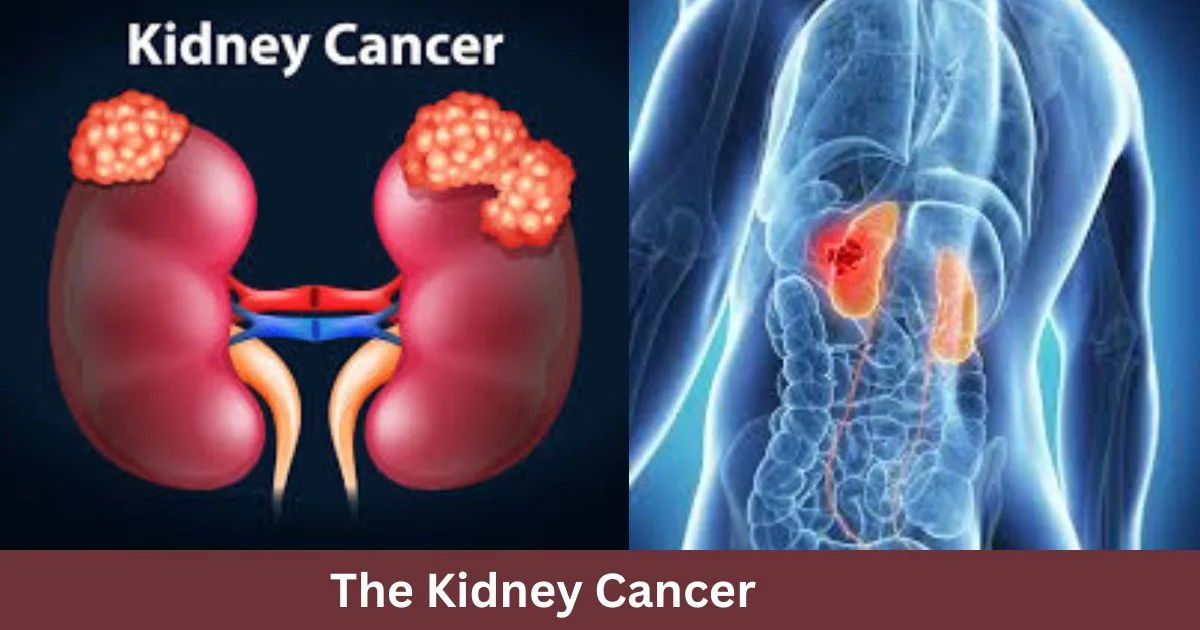Recognizing Symptoms of the Kidney Cancer
As someone who has worked closely with patients and studied kidney cancer extensively, I’ve seen how subtle its early signs can be, often slipping under the radar until the disease progresses. Kidney cancer, particularly renal cell carcinoma (RCC), which makes up 90% of cases, starts in the cells of the kidney and can quietly affect one or, in rare instances, both kidneys. You might notice symptoms like blood in your urine, a persistent ache in your side, or unexplained weight loss, but these can feel vague, like whispers of a problem.
For example, my uncle dismissed his fatigue and mild flank pain for months, only to later learn it was RCC. Less common types, like urothelial carcinoma—also called transitional cell carcinoma—begin where the kidney and ureter meet in the renal pelvis or ureter and are often treated similarly to bladder cancer. Then there’s Wilms tumour, a rare form mostly seen in younger children, though still uncommon. The Kidney cancer, particularly renal cell carcinoma (RCC), which makes up 90%
These symptoms can be tricky to pin down because they mimic other conditions, but paying attention to your body is key. If you’re feeling off—maybe a lump near your kidney, fever, or swelling—it’s worth a doctor’s visit. I’ve learned from years of observing patients that catching cancer early, whether it’s the common RCC or the rare Wilms tumour, can make all the difference. Each case is unique, and while renal cell carcinoma dominates, understanding the range of tumours like urothelial carcinoma helps us stay vigilant.
Read More: Amazing Benefits of Drinking Warm Water Daily
What Leads to Kidney Cancer
Having spent years counseling families affected by kidney cancer, I’ve seen how exposure to certain chemicals in the workplace—like arsenic, cadmium used in mining, welding, farming, or painting, or even metal degreasers—can quietly raise the risk. My neighbor, a painter for decades, was shocked to learn his kidney cancer might be linked to the chemicals he worked with daily. Smoking is another big player; smokers face twice the risk of developing this cancer compared to nonsmokers. Then there’s family history—if kidney cancer runs in your family, your odds are higher. Men are also likely to develop it more than women, something I’ve noticed in clinic records.
Other factors pile on too. Being overweight or obese puts strain on your kidneys, while high blood pressure and advanced kidney disease can tip the scales toward cancer. The causes aren’t always known, but these conditions create a perfect storm. I remember a patient who managed his high blood pressure poorly and later faced kidney cancer, a wake-up call for him to take his health seriously. By understanding these risks, we can better protect ourselves and catch this disease early.
Detecting Kidney Cancer
As someone who’s guided patients through the uncertainty of a kidney cancer diagnosis, I know how vital imaging tests are in spotting this cancer. Doctors often use ultrasound, CT scan, MRI, chest x-ray, or even a radioisotope bone scan to check if the cancer has spread to other parts of the body. I recall a patient whose routine ultrasound revealed a kidney tumour, catching it early when it was still manageable. These scans are so good at showing whether a tumour is cancerous that a biopsy—where an interventional radiologist uses a hollow needle through the skin to remove a tissue sample for examination under a microscope—is often not needed before treatment.
Still, blood and urine tests play a role too, helping doctors assess your general health and look for signs of a problem in the kidney. While these tests don’t directly diagnose kidney cancer, they’re part of the puzzle. My cousin’s persistent fatigue led to such tests, which hinted at a kidney issue, prompting further scans. When a biopsy is done, it’s usually a core needle biopsy, a common method to confirm cancer. These steps, from imaging to tissue analysis, are critical to catch the disease early and plan the right treatment.
Fighting Kidney Cancer
Having supported many facing kidney cancer, I’ve learned how staging shapes the battle plan, with CT scans, chest x-rays, or radioisotope bone scans revealing the cancer’s extent, mapped by the TNM system from stage I to IV. Smokers are urged to quit before treatment begins, as it boosts outcomes—I saw this firsthand with a friend who turned his health around. Surgery is often the go-to, with radical nephrectomy removing the affected kidney for renal cell carcinoma, or partial nephrectomy for small tumours less than 4cm, ideal for people with cancer in both kidneys or one working kidney. Active surveillance, using regular ultrasounds or CT scans to monitor small tumours, suits cases where tumours aren’t likely to grow aggressively in a lifetime.
When surgery isn’t an option, radiofrequency ablation uses a needle to deliver high energy waves, heating the tumour to kill cancer cells. Immunotherapy, with cytokines given intravenously or orally, enhances the body’s immune system to shrink advanced kidney cancer, while targeted therapies, like tyrosine kinase inhibitors (TKIs) in tablets or intravenously, target specific molecules to block cell growth with fewer side effects than chemotherapy drugs. Radiation therapy (radiotherapy) helps relieve symptoms in advanced cases, and palliative care, including radiotherapy or drug therapies, alleviates pain to improve quality of life by slowing the cancer’s spread. A treatment team—GPs, urologists, nephrologists, medical and radiation oncologists, radiologists, cancer nurses, dietitians, cancer care coordinators, and allied health professionals like social workers, pharmacists, and counsellors—coordinates care, offering support through recovery. Discover expert insights on causes, detection, and treatment options to help you or your loved ones stay informed and proactive about kidney health.

